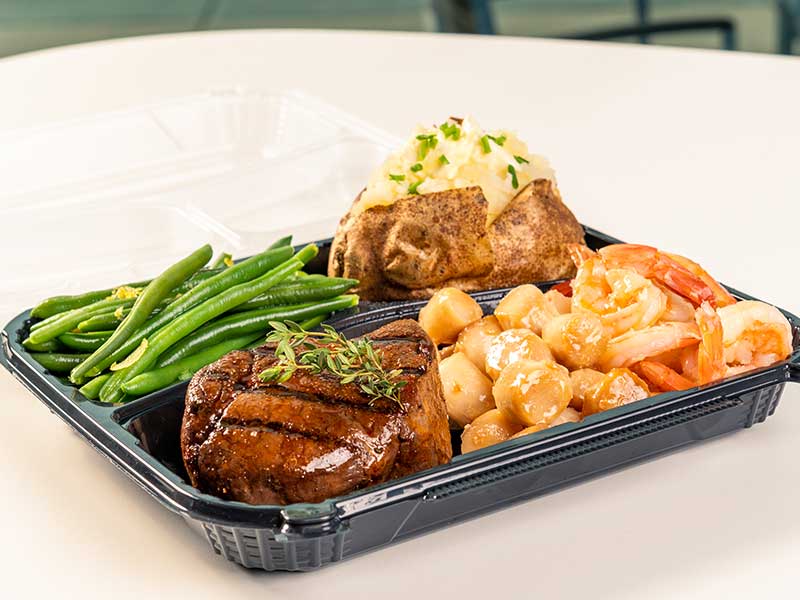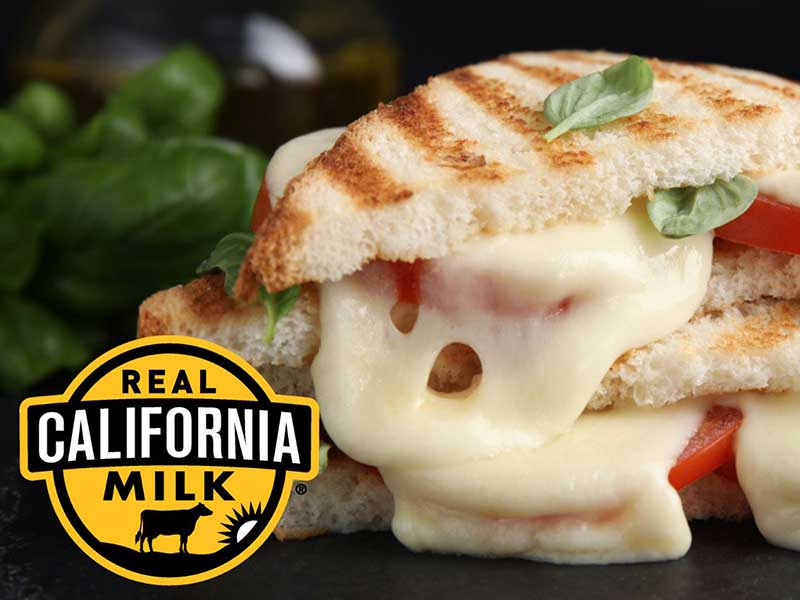Warmer weather means access to more fresh produce, which restaurants can use to bring new life to dishes and see sales blossom this summer.
Get the Deets
When it comes to produce, it’s important to stay up on all the inside details. Get a good feel for how items should be stored, what the refrigerator temperatures need to be, and how long of a shelf life to expect. Once you have inventory in place, add notes about when produce was received, how long it should last, and what to use up first.
Reduce Waste
While you may think that green salads will be popular this week, getting stuck with extra bags of spinach because that prediction was wrong means money down the drain. Take a hard look at what’s been trending or selling well and refer to previous numbers if possible. Help avoid wasteful situations by taking inventory and planning dishes ahead of time to lower costs.
Utilize Freezer Space
Fortunately, a good deal of produce does freeze well when packaged correctly. And because of that, restaurants can save on food and labor costs, reduce waste, and increase profits. It may take a little extra effort to slice up squash and cauliflower before placing them in the deep freezer, but it will also save money in the long run. Ask your sales rep about frozen fruit and vegetable items that may save even more time.
Just be sure to label everything well, as it won’t last forever, and aim to use frozen produce within eight months. And remember that it likely won’t thaw to its exact original state, so plan on utilizing items in preferred dishes such as soups, sauces, and fillings.
Grow the LTO
LTOs are a great way to test out new produce-centered dishes on menus, and seasonality plays a huge role in LTO and menu strategy. Look at your core pantry items and incorporate seasonal produce to have multiple offerings. Seasonality with LTOs may drive sales because of their limited availability, creating an annual event guests can look forward to and savor. A simple grilled watermelon salad with feta, balsamic drizzle, and basil is a perfect summer dish that consumers will crave and look forward to each summer.
Build a Back-Up Plan
Pivoting has become the name of the game over the past few years, so keep staying flexible and having a back-up plan (or three). If you suddenly don’t have enough ingredients for that summer tomato salad, graciously let patrons know that it sold out due to popularity, but the featured grape and fig offering is equally delicious.
Consider revamping your menu to take advantage of whatever produce is readily available and affordable. And no matter if you need fruit, vegetables, or fresh herbs, Peak Fresh Produce® sets the highest standards under the sun for consistency, quality, and to ensure your restaurant has everything you need to create fresh, seasonal menu dishes.



